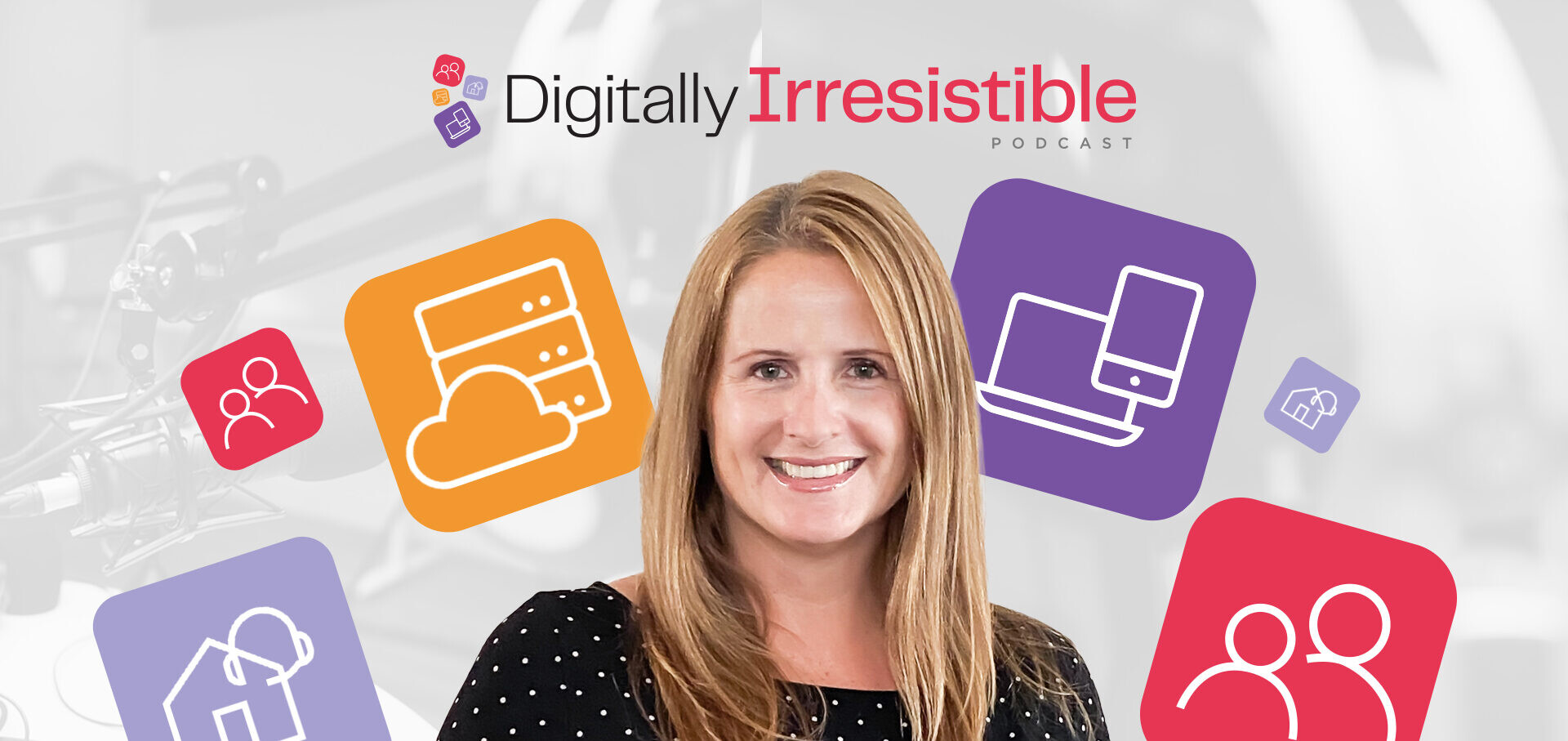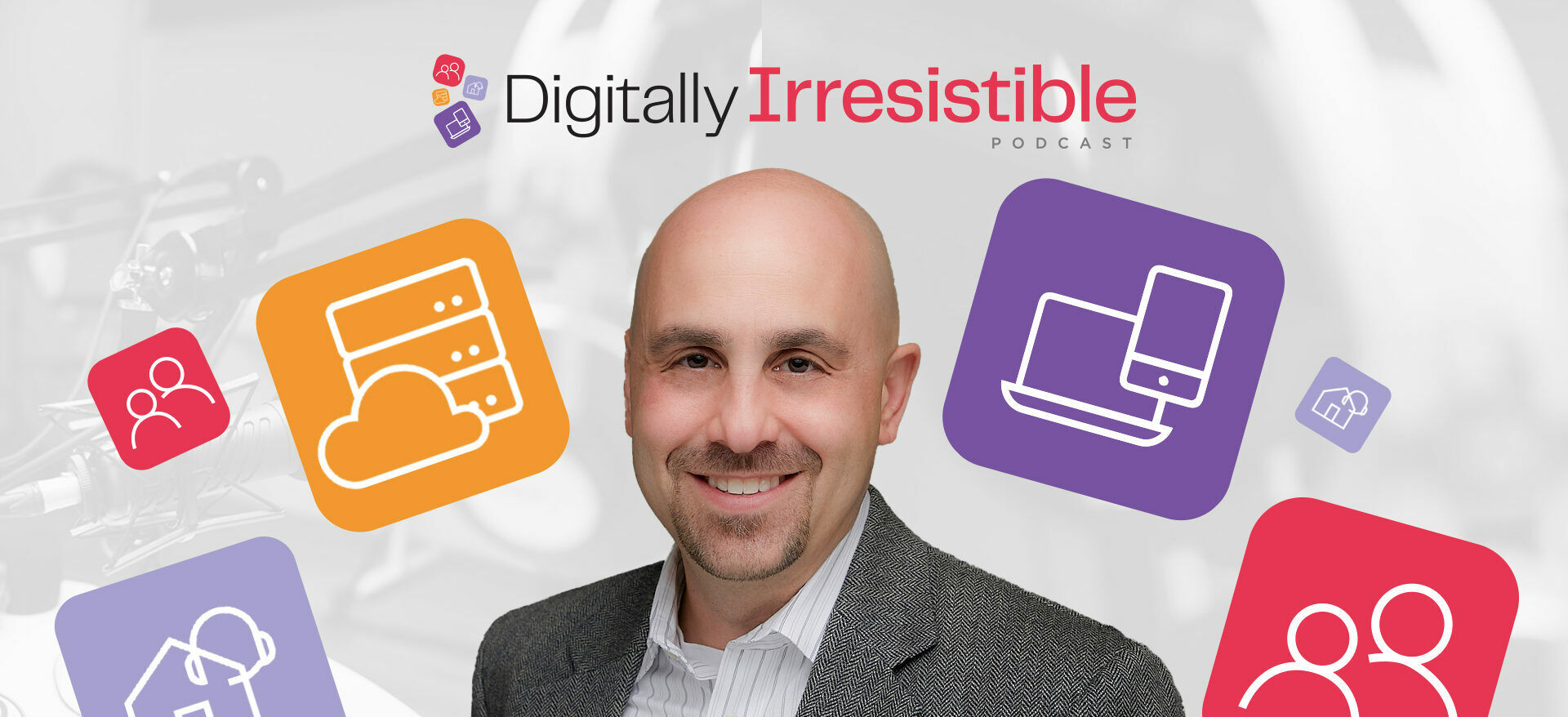Contact Center Agents Enjoy Omnichannel Support Delivery
This episode features Tone Holmen, General Manager, and Senior Vice President Operations of Retail & Residential Services. Tone has been with iQor for 21 years, starting as a contact center supervisor. Her career has advanced admirably, and today she oversees global operations for several lines of business, including Retail and Residential Service lines across our centers in Canada, Panama, the Philippines, India and the U.S. We discussed the impact on contact center agents when delivering support via the omnichannel method.
Omnichannel support is support that is delivered through various channels for customers who contact a company. Examples can include chat, email, SMS, interactive-voice, and voice (live phone conversations). Omnichannel allows the end customer to choose how they interact with a brand which helps to improve customer satisfaction.
The variety of mediums to choose from offers consumers flexibility when it comes to doing business with a company, and consumers appreciate that. In fact, consumers have come to expect omnichannel options when interacting with a brand, with seventy-two percent preferring options in how they engage for support. In the omnichannel approach, a consumer could initiate a question through chat, followed by email, culminating in a phone conversation, all of which is integrated within a customer management solution (CMS), resulting in a positive customer experience.
The Impact of Omnichannel on Contact Center Agents
The variety associated with delivering omnichannel support can be very appealing to an agent. Voice-centric call center work can be repetitive. When agents handle customer engagement across different channels, the variety can be fulfilling. In many instances, non-voice channels allow agents to send links to helpful articles, making it easier to provide support, which is not always an option in voice call support. Agents who deliver omnichannel support enhance their oral and written skillsets, which can positively impact their careers.
Training Agents for Omnichannel Support
The skills needed for omnichannel support include being tech-savvy and interacting with customers on different digital channels comfortably. Additionally, writing skills are needed for effective communication with customers. For nearshore and offshore agents, omnichannel requires a higher-level mastery of English.
Training omnichannel agents can be the same, shorter, or longer than a voice-only support program. Since delivering omnichannel support can be more entertaining because agents are eager to use cool tools, the training can be more enjoyable.
Omnichannel can be fun for agents because it can lend itself to different types of customer problem solving, making it more attractive for the contact center agent.
Omnichannel Support is Growing
Omnichannel support is growing rapidly. Ten years ago, all support was voice-centric. In those days, agents were known as call center agents.
Currently, simple transactions such as obtaining the shipping status of an order is a self-service activity that customers prefer to do using a company’s digital channels. The consumer doesn’t have to wait on hold to speak to an agent for such simple transactions.
The omnichannel support job is more complex. When consumers have attempted to solve their issue through non-voice channels before making a phone call, they expect the agent to be empowered with the history of the conversation at her fingertips.
When the tools are intelligent, providing the agent visibility into the customer’s previous interactions, the agent can pick it up from there and give the customer a satisfactory resolution. However, if the tools don’t cross-communicate to the agent, the customer gets frustrated. In those instances where the tools don’t talk to each other, omnichannel support does not actually exist. Instead, this is known as multi-channel support.
These multiple channels can be a convenience for the consumer and a source of pain when siloed, especially when the brand cannot integrate the consumer’s touchpoints to enable a smooth phone conversation with an agent.
Tone shared one of many omnichannel support success stories. An iQor agent in Trinidad and Tobago went out of her way to resolve an issue with a customer who engaged her through chat. The customer had purchased a gift for a child’s birthday. The shipping link indicated that the gift was delivered, but it had not arrived. The agent worked quickly with the seller, arranged to get the gift re-ordered at no cost to the customer, and even arranged for the gift to ship overnight. The customer received it the next day in time for the child’s birthday.
It’s common for omnichannel conversations to deal with emotional activity in a consumer’s life, such as gifts, reservations, or flights. In those cases, the consumer is looking to the agent to help solve a problem with personal consequences.
Tone Enjoys the Outdoors for Fun
Tone is a fan of college football, though, in pandemic times, she is not attending games. Now, outdoor activities have become a significant source of fun. She spends time doing outdoor yoga, notably in a women’s yoga club, and is active in a local running club.
Learn more about iQor digital customer experience capabilities.



